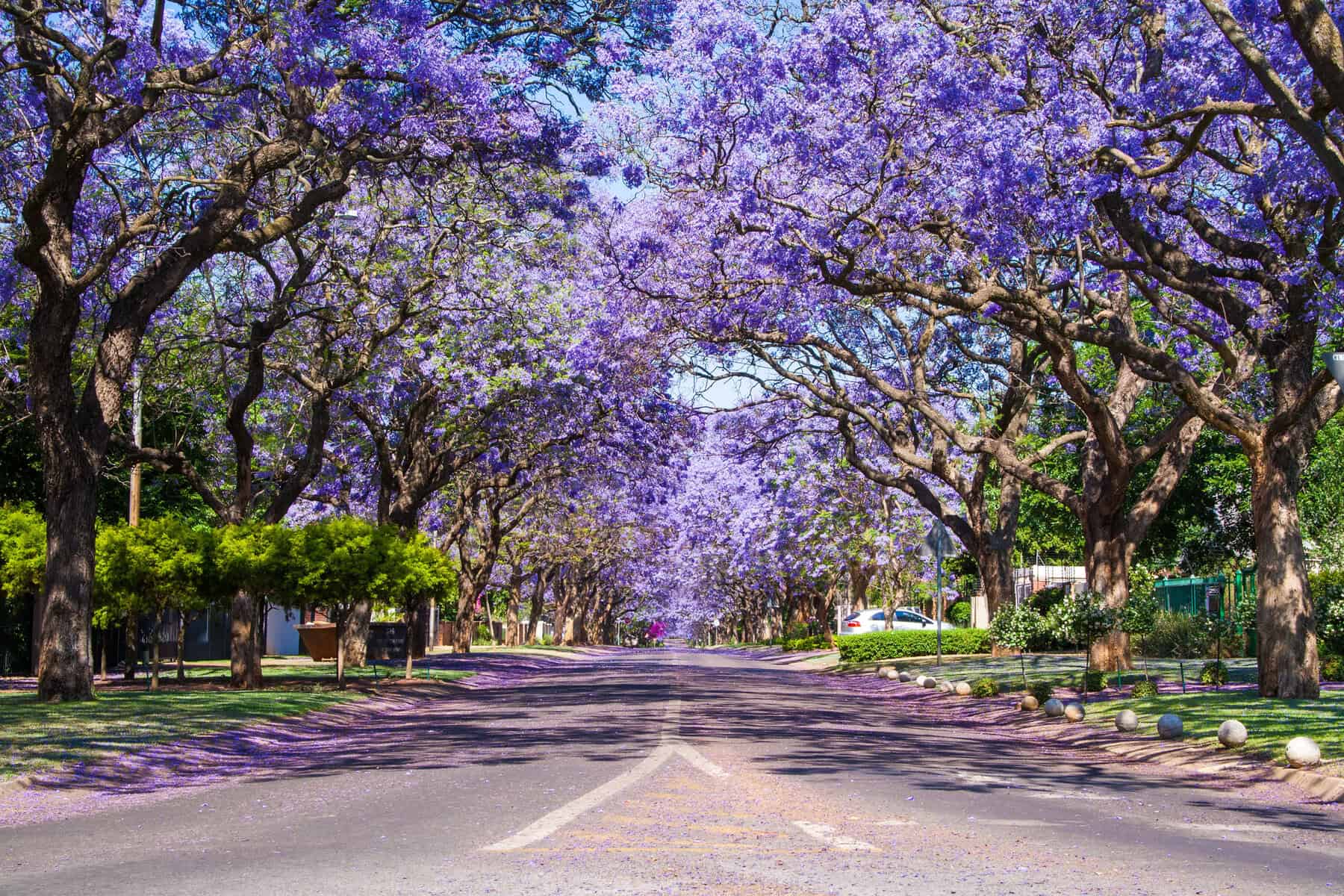Irene’s century-old horticultural roots were celebrated with the planting of 100 indigenous trees during Arbour Month.

Tshwane residents should plant at least one indigenous tree per year as they benefit both them and the environment, according to councillor Gert Visser.
Visser said the planting of 100 indigenous trees at the Irene Country Club recently was a significant milestone in replenishing Irene’s indigenous trees.
Irene’s tree legacy rooted in history
“A total of 100 trees were planted during Arbour Month, generously provided by the City of Tshwane. This initiative continues Irene’s rich horticultural heritage, dating back to October 1903, when the British Government established a tree nursery at Irene, which became one of the most important nurseries in the province,” he said.
“The Irene Country Club was established in 1911. As the golf club expanded, the nurseryman’s house at the old government forestry station was converted for club use in 1922 – a space now known as Foresters.”
Visser says Irene is a forest of indigenous trees and has few jacaranda trees.
“Jacarandas are considered an invasive species and prevented from being planted – a decision influenced by General Jan Smuts, who lived in Irene and was deeply involved with the prolific scientific study of plants,” he said.
Irene Country Club board member Pierre Coetzer welcomed the city’s tree donation.
Trees as guardians of the ecosystem
“As custodians of a unique green space along the Hennops River, we recognise the importance of contributing to the health of our local ecosystem. Planting trees is more than symbolic – it’s a step toward improving water quality, reducing erosion and creating a more vibrant habitat for wildlife,” he said.
ALSO READ: Tshwane assures residents RDP waiting lists remain valid
Coetzer said the initiative aligned with the club’s broader commitment to sustainability and community well-being.
University of Pretoria (UP) head of the botanical gardens, Jason Sampson, said jacaranda trees were invasive because they have a lot fewer pests than indigenous trees.
“In South Africa, there aren’t any overarching pests or diseases that affect jacarandas. While these trees are considered an invasive species, they are one of the few that have an exclusion clause in legislation, which allows for more jacarandas to be planted only in urban areas,” he said.
He added: “The first jacaranda trees were imported to the Cape in the early 1800s. They were also brought into the country through Durban – in fact, the oldest living jacaranda trees in South Africa are in Durban. The second-oldest trees, two of which are in Sunnyside in Pretoria, were planted in the 1880s.
“When the Union Buildings was being built, a concerted effort was made to plant more jacarandas, to the extent that the Pretoria council gave community members free trees when they removed existing trees to install sewerage systems.”
Sampson said UP was home to more than 200 jacaranda tree specimens.
Climate change and the future of Pretoria’s jacarandas
“As part of the bus rapid system development, many trees were transplanted from along the Lynnwood Road boundary of the university to various areas around Pretoria, and seem to have taken well.
The university has planted jacaranda trees within its boundary around the administrative building to replace trees that were removed.
ALSO READ: City of Tshwane ‘to correct’ bills of overcharged customers
Sampson says while the jacarandas are known for their striking purple tone, they also feature a white mutation.
“We have a couple of white jacaranda avenues in Pretoria near Jan Cilliers Park and Wonderboom, on the way to Onderstepoort,” he said.
Sampson said jacarandas flower all at once.
“There are 65 000 adult specimens in the city. They flower without leaves,” he said. Sampson said the most pressing issue facing jacaranda trees was urbanisation.
He also said climate change had affected jacarandas because they flower in October, more than a month earlier than they did 50 years ago.
Records show that in Joburg, jacarandas flowered in November more than 50 or 60 years ago.
Sampson said there were more jacarandas in Joburg than in Pretoria.
NOW READ: Tshwane to cut water in Rosslyn for 24-hour meter upgrade






